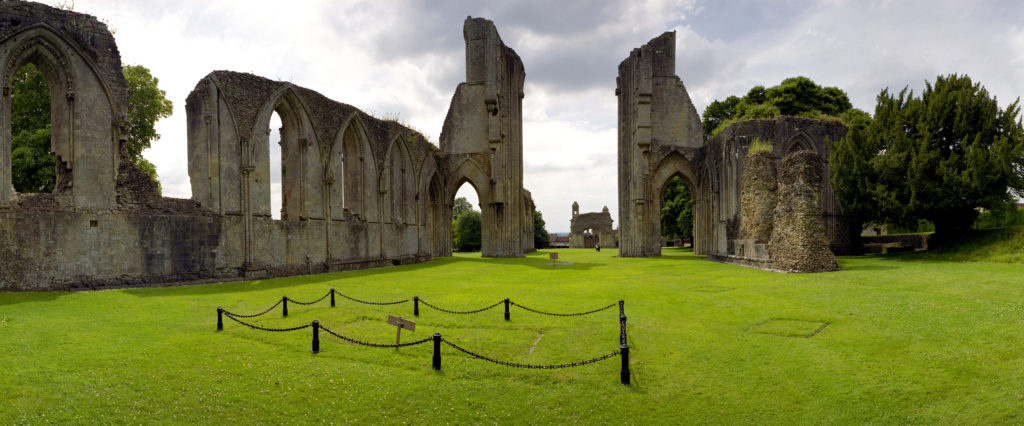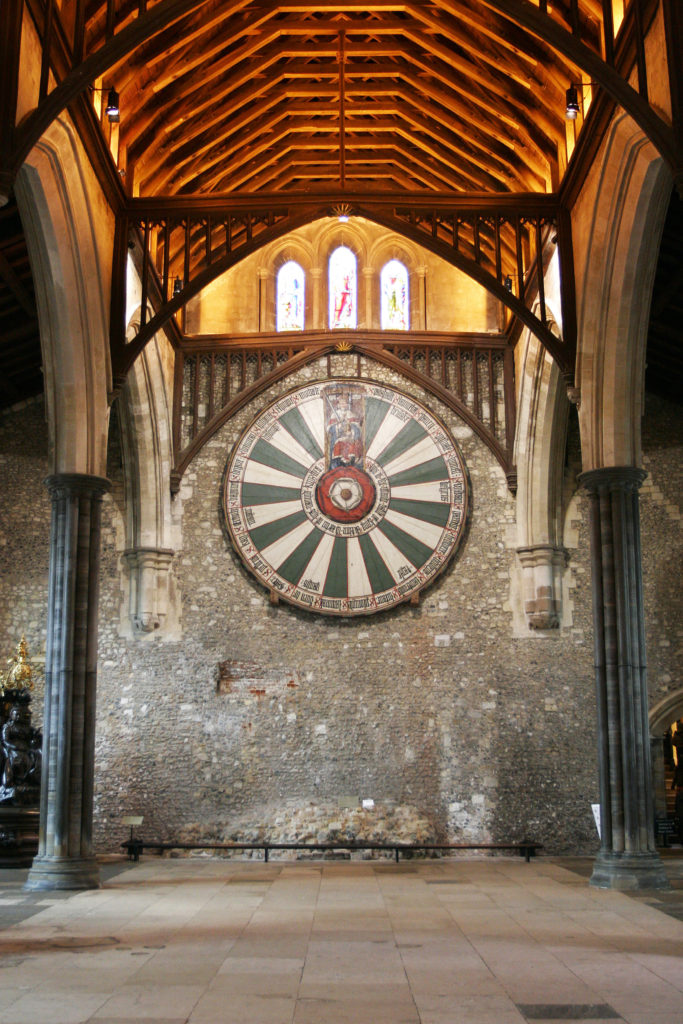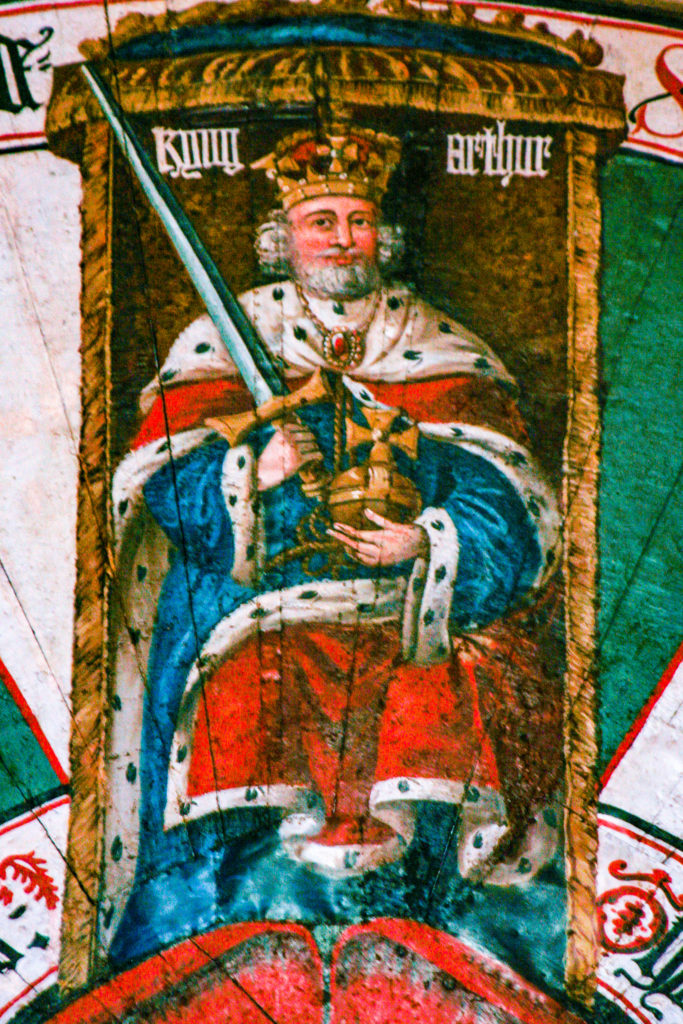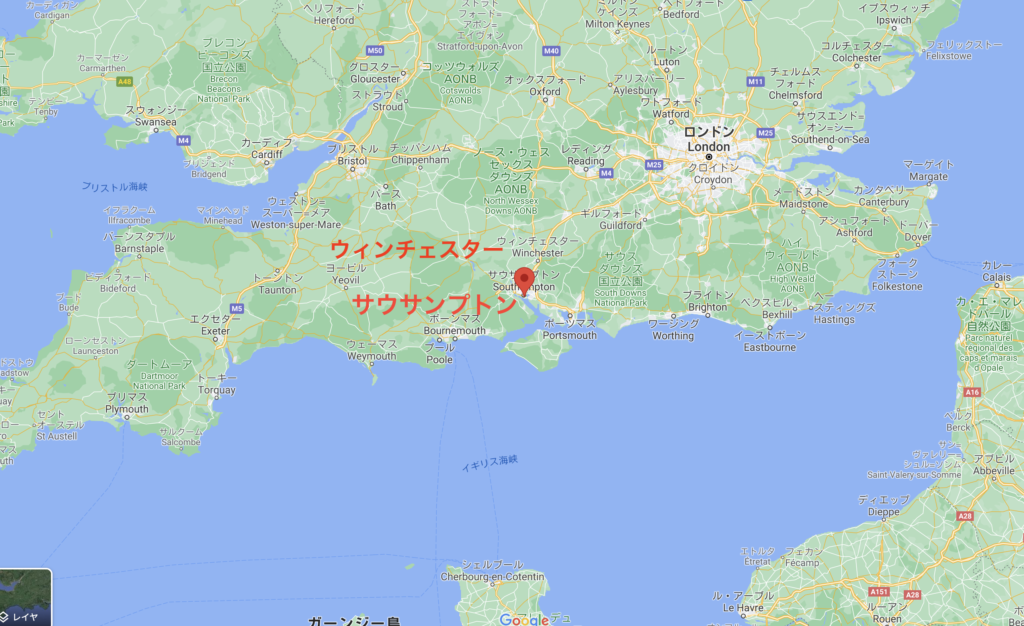12世紀の英国のヘンリー2世はフランスの一領主でもあったから、英仏で文芸が興隆した。クレチアン・ド・トロワがランスロやペルスヴァルを主人公にしたアーサー王ロマンスを書いた。一方、ヘンリー治世の前半にはウェールズ人が、後半にはブルターニュのブレトン人が蜂起した。ともにケルト人だった彼らは、アーサーの復活を掲げて、ヘンリーに反抗した。
聖杯がもたらされた、また瀕死のアーサー王が運ばれた妖精の島、グランストンベリーでアーサーの墓が発見されたのは、為政者が伝説を政治利用した作戦だった。14世紀のウィンチェスター城に、今も残る円卓が掲げられたのも、同じだった。
In the 12th century Henry II was the English King as well as a lord in France, where Anglo-French literary tradition flourished: Chretien de Troyes wrote several Arthurian romances including Lancelot and Perceval, although he could not finish either of them.
During Henry’s reign, Welsh and Bretons, both Celtic tribes, stood rebellious against the king, because they believed in the revival of Arthur. Henry had to use the Arthurian legend in his political manoeuver: the holy grail was reputedly brought by Joseph of Arimathea to Glastonbury, where Arthur’s grave was discovered.
The Winchester round table was built in the 14th century to impress the Spanish delegates visiting London from Southampton. In the early 15th century young Henry VIII was painted as Arthur on it. Thus, the Arthurian legend was often used for political propaganda.
グラストンベリー Grastonbury



ウィンチェスター Winchester


円卓のアーサー王は、1509年に即位して間もない若きヘンリー8世の肖像画として描かれていて、アーサー王と重なるという風に描かれている。





コメント